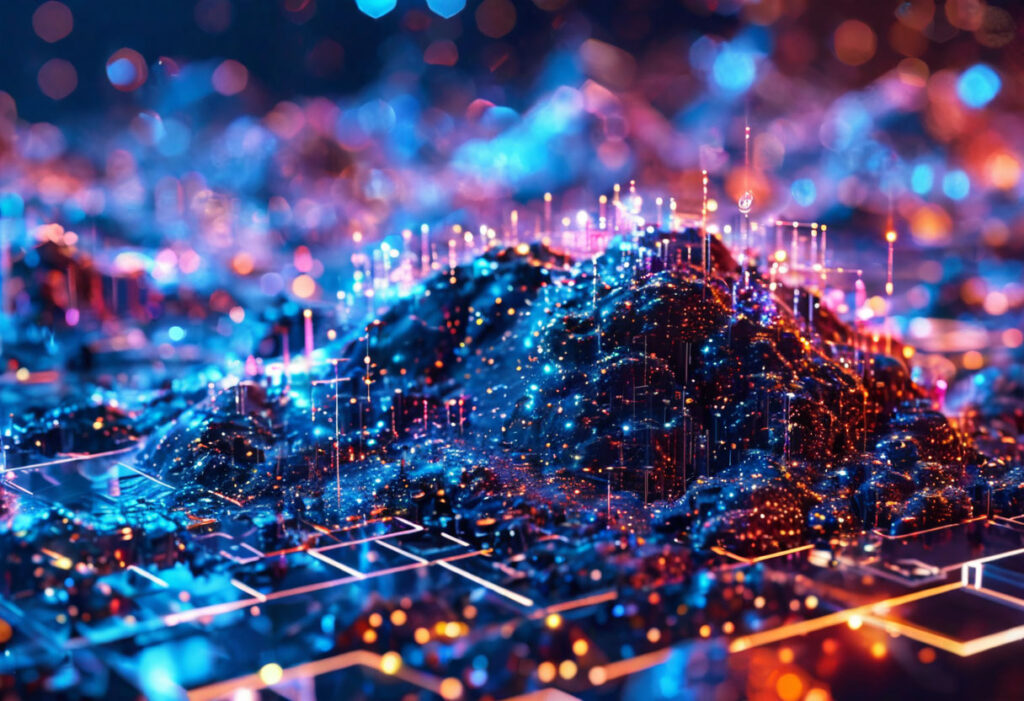Introduction to Planck’s Layer-0 Blockchain for AI
Planck has unveiled a layer-0 blockchain tailored for decentralized artificial intelligence (AI) networks, signaling a leap forward in merging Web3 technologies with AI. This breakthrough aims to lay the groundwork for AI applications, especially those targeting decentralized physical infrastructure networks (DePINs), by harnessing blockchain to boost innovation and accessibility in technology.
The Need for Decentralization in AI
Today’s AI landscape suffers from heavy centralization, stifling innovation and access. Planck’s decentralized model tackles these challenges head-on, using distributed processing and token incentives. Industry experts suggest this could slash costs and streamline AI development.
How Planck’s Blockchain Works
Planck’s ecosystem thrives on transaction fees, SDK usage, and developer tools. Those contributing GPU power earn the platform’s native token, with rewards tied to machine uptime and usage.
Competitive Landscape
Planck steps into a bustling arena with Bittensor and Fetch.ai, each bringing distinct approaches to AI decentralization. Planck’s on-demand GPU rental offers a budget-friendly option to conventional cloud services, marking its competitive edge.
AI Chip Shortage and GPU-as-a-Service
The scarcity of AI chips has fueled the GPU-as-a-service sector’s expansion. Planck’s approach offers an economical alternative for AI development, tackling the shortage while paving the way for future tech progress.
Planck’s Future Outlook
As the GPU-as-a-service market grows, Planck stands to lead in decentralized AI. Its emphasis on cost-efficiency and accessibility could redefine AI development, making it more inclusive and effective.
Comparative Analysis
Despite its novel solutions, Planck competes with both veterans and newcomers in blockchain. Its layer-0 blockchain’s triumph hinges on widespread adoption and meeting its lofty objectives.
Impact on Crypto and AI Sectors
Planck’s venture highlights the increasing overlap between blockchain and AI. This blend is set to introduce a new phase of decentralized, efficient, and open AI development, benefiting the wider tech ecosystem.

